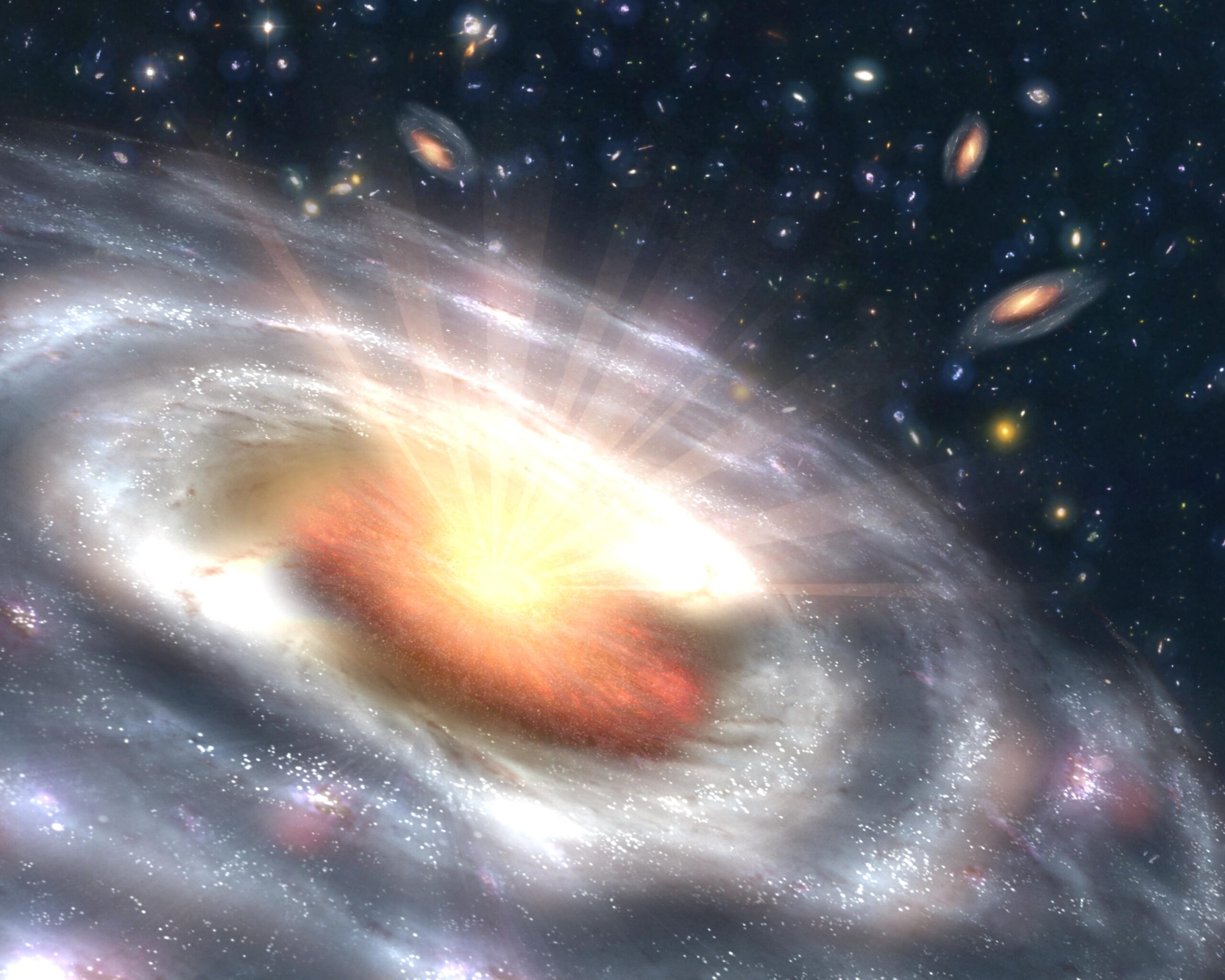Astrophysics Branch
Marshall Space Flight Center's Astrophysics Branch uses space and ground-based observatories to peer back to the earliest epochs of the universe, unravel its mysteries, and study the most violent explosions in our galaxy and beyond. Our goal is to help discover how the universe works, explore how it began and evolved, and search for life on planets around other stars.

On 2/8/23, the Astrophysical Journal Letters accepted the paper “The IXPE view of GRB 221009A” for publication. On 2/9/23, the IXPE Observatory began a Target of Opportunity (ToO) observation of the accreting neutron star LS V +44 17 in outburst. …
The Italian Instrument Team circulated a preliminary report “Monitoring the orbital performance and calibration of the photoelectric detectors on-board the IXPE mission.” After 1 year of Science operations, the IXPE detectors are performing nominally, exhibiting small changes that were anticipated …
Imaging X-ray Polarimetry Explorer (IXPE) Performance Report Read More »
On 1/20/23 the Chandra X-ray Observatory Outreach Team joined the NASA Marshall Space Flight Center community relations team and manned exhibits during the Huntsville Havoc hockey team’s “Space Night”. Over 2500 spectators attended the game with several hundred stopping by …
MSFC Outreach at the Huntsville Havoc Space Night on January 20, 2023 Read More »
NASA’s most recent image release entitled “The Enduring Stellar Lifecycle in 30 Doradus” was released on 1/9/23. The “Tarantula Nebula” (officially known as 30 Doradus) is available in a composite image of Chandra and JWST data for the first time. …
Chandra: The Enduring Stellar Lifecycle in 30 Doradus Read More »
The most recent Chandra press and image release “Astronomers Dig Out Buried Black Holes with NASA’s Chandra” was released on 1/11/23. Hundreds of black holes previously hidden, or buried, have been found using NASA’s Chandra X-ray Observatory. This result helps …
Astronomers Dig Out Buried Black Holes with NASA’s Chandra on January 11, 2023 Read More »